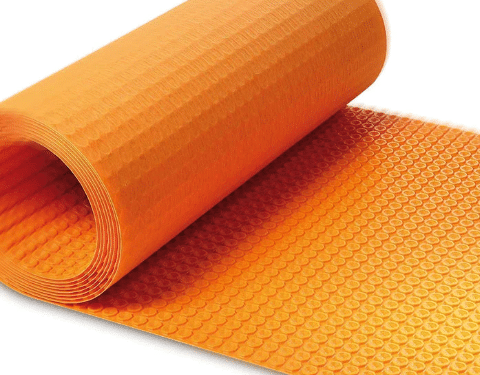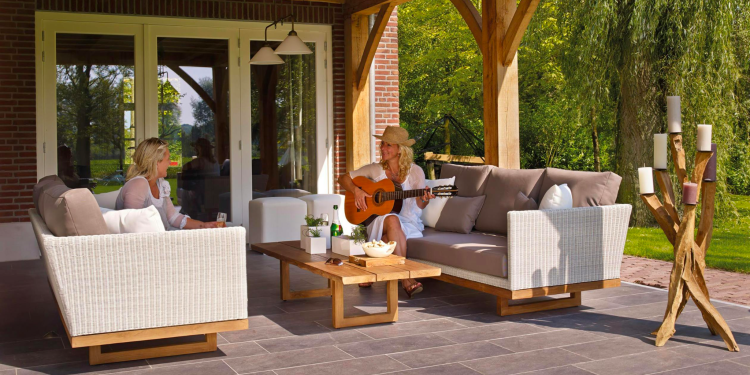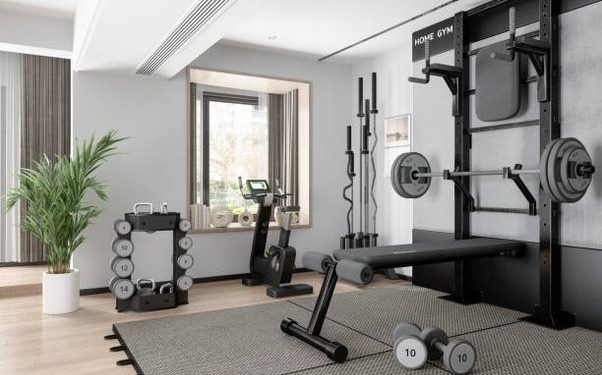Latest Post
Practical Preparedness: Tips for Getting Ready for Natural Disasters without Going Overboard
You don’t have to be a conspiracy theorist to agree that natural disasters are real and can cause harm. Likewise, you needn’t be a survivalist to prepare yourself to weather any potential storms headed your way. Today, tomorrow, or ten years from now, your region may face any number of...
Concrete Replacement Milwaukee: Expert Solutions for Your Home or Business
When the time comes to upgrade your outdoor spaces or commercial areas, concrete's durability, versatility, and low maintenance make it an ideal choice. At JBS Construction, we understand that while concrete is built to last, circumstances sometimes call for replacement. Replacing concrete offers a practical and aesthetic upgrade for your...
Creating a Luxurious Bedroom on a Budget
Your bedroom is more than just a place to sleep. It’s your personal sanctuary; it’s where you go to rejuvenate and unwind after a long day. The idea of transforming your bedroom into a luxurious retreat may seem daunting, especially if you’re on a budget. But, with some creativity and...
Pests To Watch Out for During Spring: Guide for Tenants
Spring is a season of rebirth when everything appears to bloom back to life. Trees open their leaves, and insects emerge from their winter hiding places. But that's also when the problems begin; some spring pests are more problematic than others. With the thawing of frozen ground and the awakening...
Exploring the Benefits of DITRA-Heat Collection for Your Home
Imagine stepping out of bed on a chilly morning and feeling the warmth radiate from beneath your feet. Or, picture yourself luxuriating in a toasty bathroom after a long day. This dream can become a reality with the DITRA-Heat collection, a revolutionary radiant floor heating system from Schluter. What...
Why Do You Need a GPS Tracker for Heavy Equipment: Secure Assets!
Tracking heavy equipment with GPS technology ensures that these high-value assets are monitored for unauthorized movement or location changes. Contractors and fleet managers face constant challenges in managing and safeguarding their machinery, including excavators, bulldozers, and cranes, especially when spread across multiple job sites. A GPS tracker helps to...
Expert Tips for Installing Artisan Tiles on Your Patio
The patio area serves as a central hub for many families, especially during the warmer months. It's where we spend most of our summer evenings, enjoy leisurely tea times, host barbecue parties, and soak up the sunshine. Given its importance in our daily lives, the aesthetics and functionality of...
Understanding the Value: Home Gym Ownership and Property Value
Introduction: Enhancing Home Value Through Fitness In the realm of real estate, homeowners are constantly seeking ways to increase the value of their properties. While renovations and upgrades like kitchen remodels and bathroom renovations are popular choices, there's a growing trend that's not only boosting property value but also promoting...
Exploring the Vibrant Tradition of King’s Day in The Netherlands
In the Netherlands, there's one day that bursts with orange-clad revelers, bustling street markets, and an atmosphere brimming with joy and celebration. This day is none other than King's Day, or "Koningsdag" in Dutch. With roots deeply embedded in the country's rich history and monarchy, King's Day is a cherished...
5 Ways HOAs Can Enhance Community Engagement
Homeowners Associations are an important pillar of their communities, providing essential maintenance services. The best HOAs go beyond maintenance to facilitate engagement and build a strong community of neighbors. This creates a more comfortable and welcoming environment for residents. Here are five ways HOAs can improve engagement in their...








